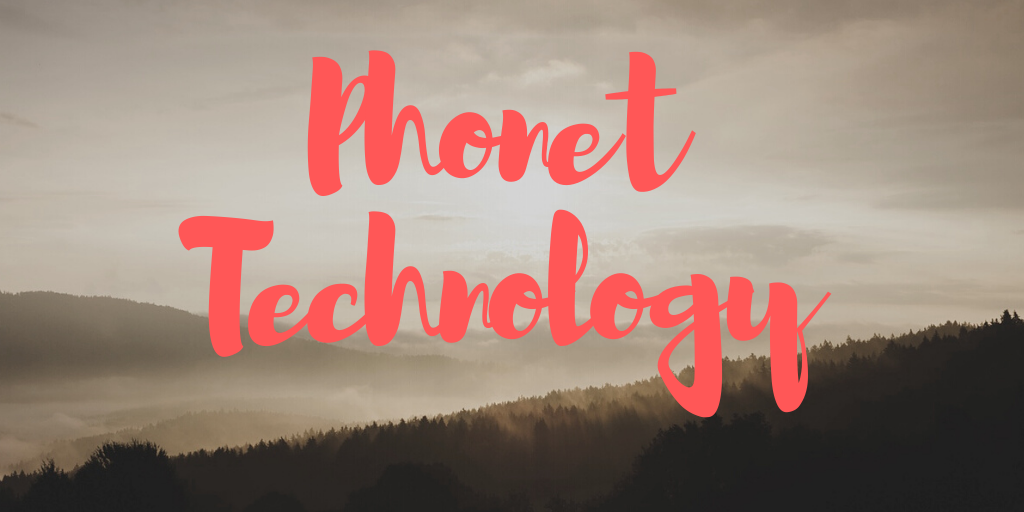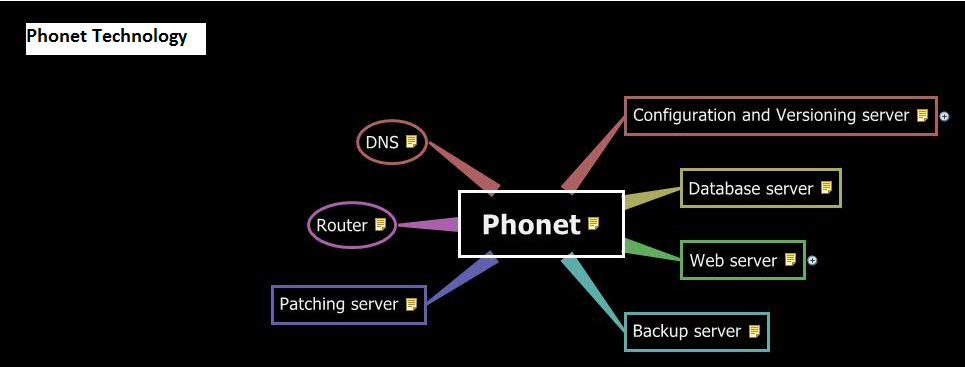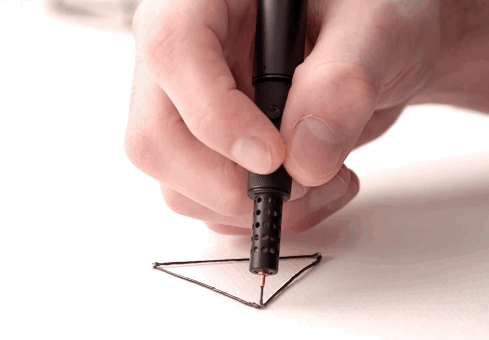Currently, voice-based technology is one in all the fast-growing technology. This is the best way for the challenges faced by users. Phonet technology is used for users who do not have access to the internet or who cannot read or write. A voice interface doesn’t require a computer, keyboard, a mouse or any device to access the web. It does not need any special training. This Phonet Technology is convenient to access by anyone with a usual telephone.
Phonet Technology involves the following technologies to develop an intelligent platform:
- Speech Recognition (SR)
- Text to Speech (TTS)
- Conversion and Artificial Intelligence (AI)
The idea behind Phonet technology is to achieve the voice-based web access withdocument processing and document rendering. The document processing involves two approaches namely, telephone browsing and transcoding. The document rendering, the major problem of cognitive thinking to text rendering is solved. The companies that deliver news, weather forecasting, stock quotes, and horoscopes, etc., are known as Voice Portals. Merging the website with voice is considered as the first web application with regards to voice portals. With the assistance of the Voice Internet Technology PHONET, one can search for information, send and receive emails and also perform e-com transactions. This Phonettechnology is cheaper and faster when measured with other technologies.
In audio internet technology the user can listen to the email that’s received otherwise;can surf and listen to any website using a simple interface with ausual telephone. There is no need for a computer. The user must dial a toll-free number to access the web using voice commands. The speech recognition technology in the company’s system allows the user to provide commands like ‘go to Gmail’ or ‘compose my email’ to receive the net-based information. When the user sends a request to access the web, the request calls the voice browser. The speech recognition converts voice to text. It will quickly locate the required information. Using text-to-speech technology, the system reads the requested information via a computerized voice and process the user command. Artificial Intelligence translates the web contents from one language to another.
Advantages of Phonet Technology
- Access to the web from an ordinary telephone
- Sending, forwarding, receiving, copying, composing, deleting, replying, and archiving the emails.
- Airline reservation and tracking
Limitations of Phonet Technology
- Complexity in the hardware interface
- The user interface is in English, therefore the usermust know English.
Areas of applications:
Phonet Technology is can be used in the following areas of businesses, government, and service providers.
For business, this technology can be used for:
- Alert service,
- Customer service,
- eCommerce,
- Package tracker,
- Air, Train, Bus Reservations and tracking,
- Order Confirmation, and
- CRM Applications
For the government, the Phonet Technology can be used for:
- Government contents can be easily accessible
- The government transports reservations and tracking.
- Efficient communication among government and residents, businesses, and between government sectors.
- An automatic translation of English to any language from the internet content.
- Presenting the internet to visually challenged or elderly people.
For the service providers, the Phonet Technology can be used in the following areas:
- Voice portal features such as weather, stock quotes, news, horoscopes, etc.
- Surf and browse the web
- Sending, receiving, forwarding, composing, copying, replying, deleting, and archiving the emails.
- Search on the web
Phonet technology is an awesome audio internet experience that is produced with an ordinary telephone using voice commands. The user can surf and listen to the data that they wish on the web. To perform, theydo not require a computer or any other devices. All the webpages are accessible in Phonet Technology, but it is limited to websites that are in Wireless Application Protocol.





